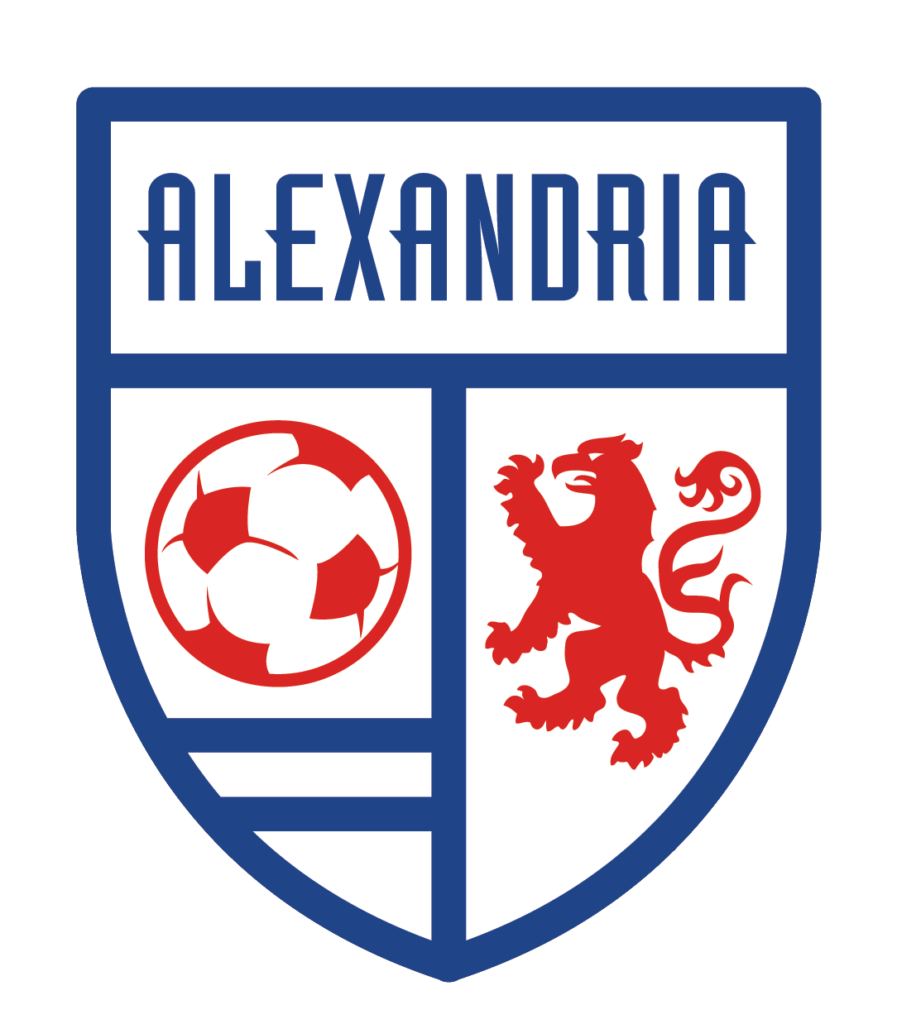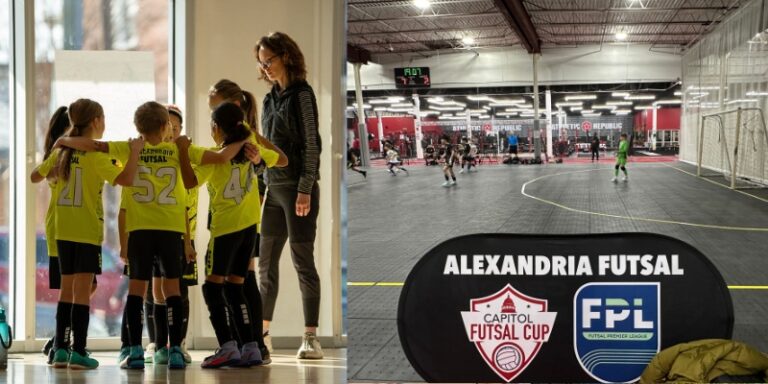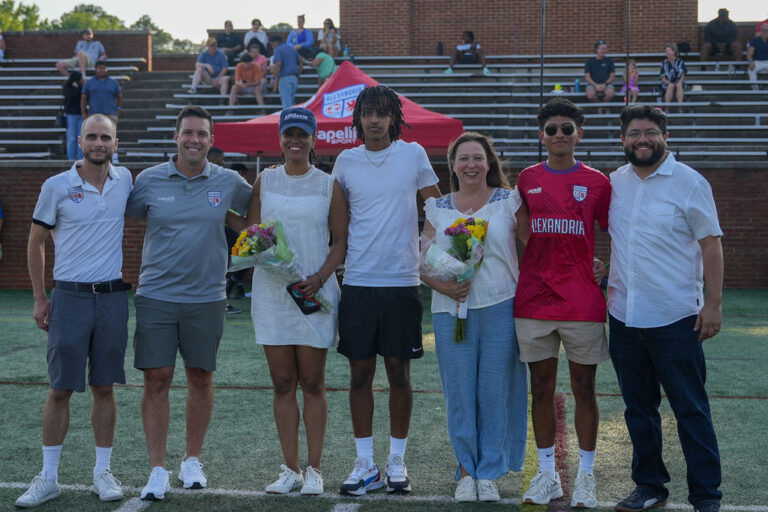Leading up to the Golden Gala—ASA’s 50th Anniversary celebration on March 26, 2022—we are sharing interesting historical facts about the history of ASA. Check in each week to learn about the history of the club, what the early years looked like, who was involved and much more!
ASA was founded in 1970 with 60 boys soccer players participating throughout the city. In the earliest days, all soccer programming was structured similarly to what the Recreational League looks like today. Teams were created based on geographical neighborhood location and played against each other. Kids who lived nearby each other played together. Participation grew each year by word of mouth, sign up flyers, and friends inviting friends to play together.
In the early days, the youngest children (ages 3-5) played 7v7 on the field. In 1996 US Soccer announced new field size and participant suggestions based on appropriate child development. Among other changes, they recommended that U6 participants play 3v3. ASA offered 3v3 that year and more kids than ever signed up to play. Throughout the years ASA (and soccer programming around the United States) have continued to make adjustments that better foster growth and development across each age group. Our youngest Rec League participants still play 3v3 today because this offer more touches on the ball and interaction on the field.
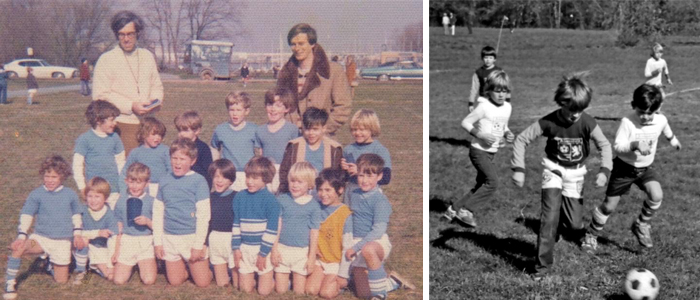
In the 1980s and 1990s ASA began adding “Select” soccer teams. These teams were made up of committed and competitive players who were interested in traveling a bit further (hence the term “travel soccer!”) to play against other competitive teams. These teams were mostly for older kids in middle school and high school and the were coached by parents or community members. They were often still somewhat organized by neighborhood. In 2001, U10 boys and girls “Select” teams were added and at that time they were the youngest age group represented.

From data we have access to we know that in 1993 there were 11 ASA Select teams (175 participants) and in 2008 there 22 teams (300 participants). Today, the ASA Academy has 76 boys and girls teams (~1100 participants), ages U9-U19.
The incredible growth over the last 50 years can be attributed to the popularity of the sport of soccer (and the addition of futsal!), growth in female participation, the addition of programs structured for every age and experience level, and more generally, ASA program improvement and professional structure.

—————————————
Alexandria, Virginia is a sister city to Dundee, Scotland (the fourth largest city in Scotland). Alexandria has strong historical ties to the country of Scotland, dating back to the early 1700s. While we don’t know who developed the original ASA logo we do know that the griffin in the logo is heavily influenced by the “lion” represented on the Royal Banner of Scotland (used since the 13th century).
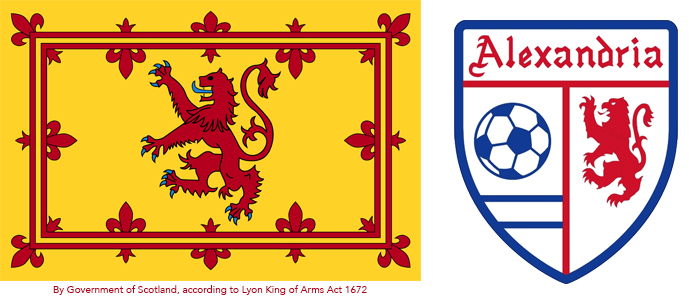
[If you know about the origins of the ASA logo please reach out.]
—————————————
We are proud of our early heritage and have stayed true to our original branding throughout the years (in 2012 the logo was updated to reflect what we use today). Participation has grown and program opportunities have developed, but a love for bringing soccer, fun and friendships to fields all over Alexandria has stayed the same. Check back next week to learn more about ASA’s organizational structure over the past 50 years!

